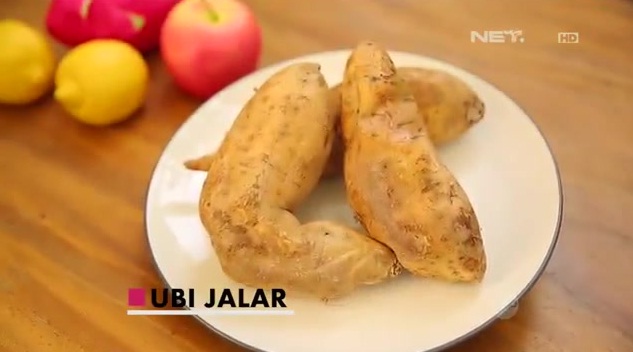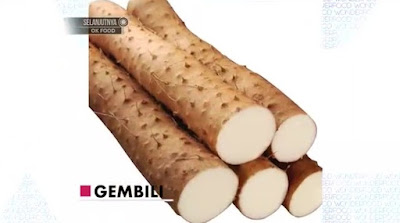Maybe most of Indonesian
ever heard this contention, “not eat if you don’t eat rice yet.” Actually it’s
not surprised because rice is staple food in Indonesia. But, do you know if
there are some regions in Indonesia that consume other food as substitute for
rice? No, not because they’re on a diet, feeling sick, or something like that.
But that’s their staple food.
What are kinds of substitute
food for rice and how to process it?
Sago
The people of Maluku and
Papua make sago as their staple food because there are indeed rich in sago trees.
Sago stems take 3-5 years to be ready to be harvested and processed. In the
process of harvesting, sago plants are felled and the humps will be squeezed to
get quintessence that produces sago flour.
Sago flour is processed
into a pulp called papeda that looks like glue. The papeda is staple food for
people of Maluku and Papua. Usually, this papeda porridge is combined with
vegetable ganemo which are slices of leaved of young gnetum gnemun (a.k.a melinjo
in Indonesian) and red pepper. It is said that the tradition of eating ganemo
to prevent malaria.
Cassava
 |
| cassava |
Corn
 |
| corn |
The processing method, corn
dried in advance under the sun. Because the area is located in mountains have
high rainfall, Sigedong residents have its own way in drying corn. They store
the corn on traditional stove in a special place they make themselves. So every
time they cook, the smoke from the stove will bloat and drain the corn.
Dry corn is taken seeds
and then pounded. Corn kernels are soaked for three days. Then pounded again
into a smooth and soft corn flour by Sigedong residents called sekelan. To
consume it, they brewed sakelan with warm water and then steamed.
Gembili
Suku Kanum in Merauke who
populate Taman Nasional Wasur consume gembili as staple food for generations.
Gembili cultivation system has been united with society of Suku Kanum because
it has high cultural value, namely as a dowry, as well as a complement to
traditional ceremonies. Suku Kanum eat gembili in a simple way, just boiled or
burned.
Jawawut
Jawawut is a kind of
cereal plant. In Biak Numfor regency, Papua Province, this plant is very
fertile with local name ‘pokem’. Usually, local people processed pokem into
porridge which is widely consumed by pregnant mother and baby.
Sweet Potato
 |
| sweet potato |
So those are 6 staple foods
in Indonesia besides rice. Are you belonging to the one who consume one of the
foods?
Source:
https://www.youtube.com/watch?v=Ko7C50M4zMM
(Wonderfood NET)







0 komentar